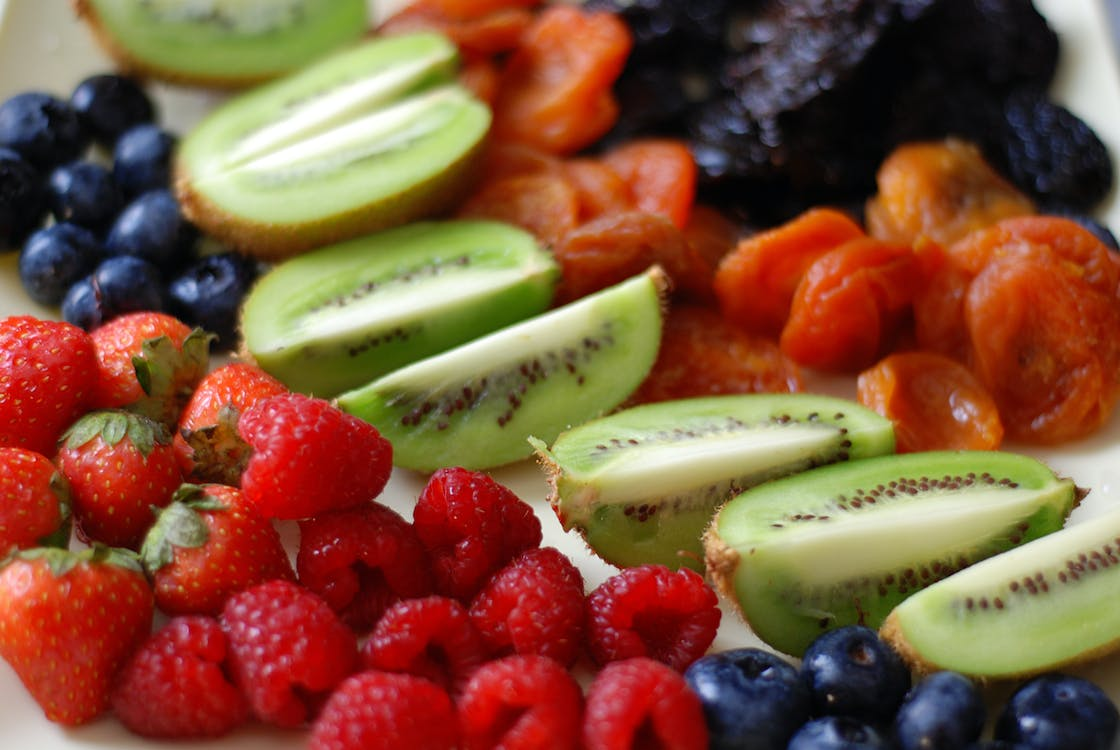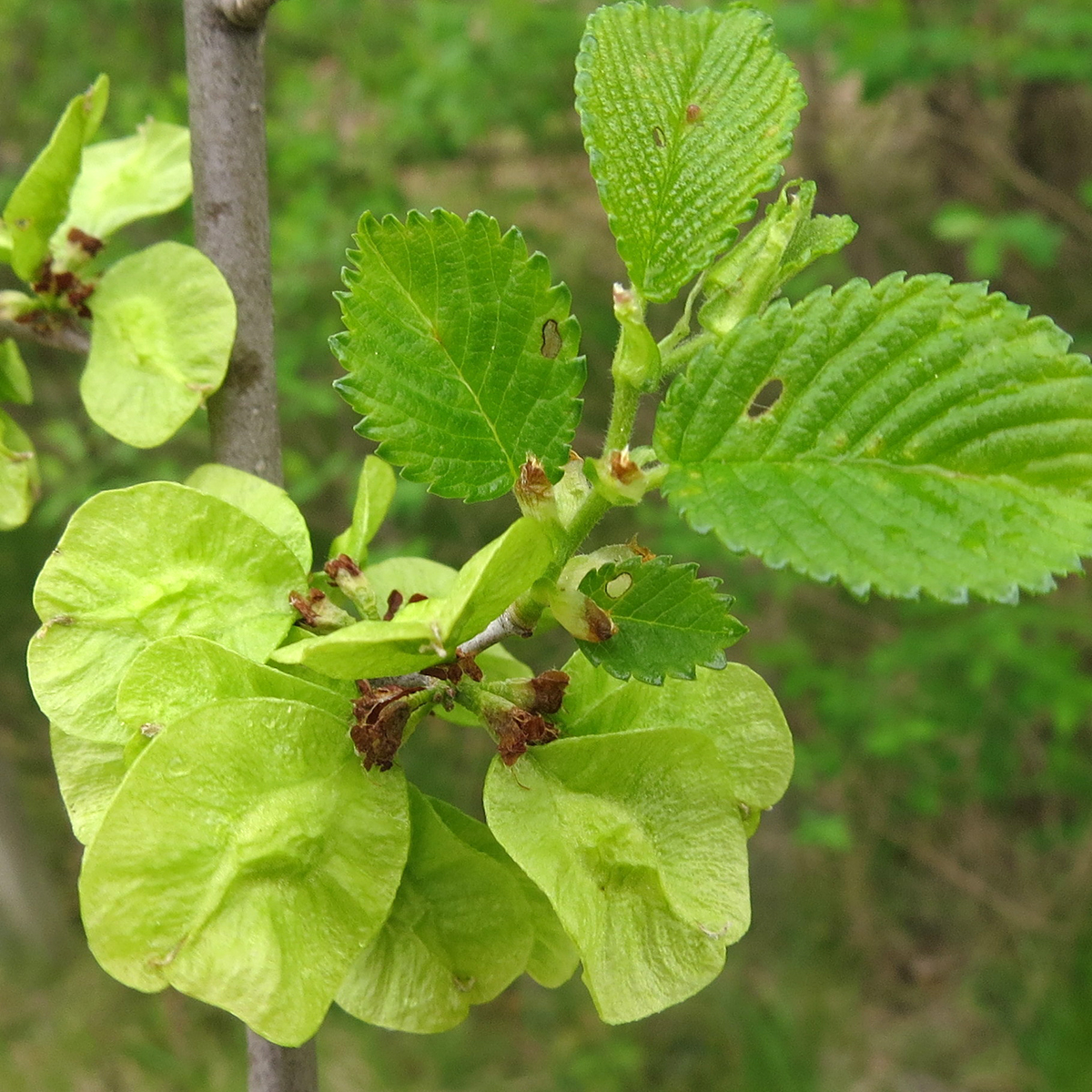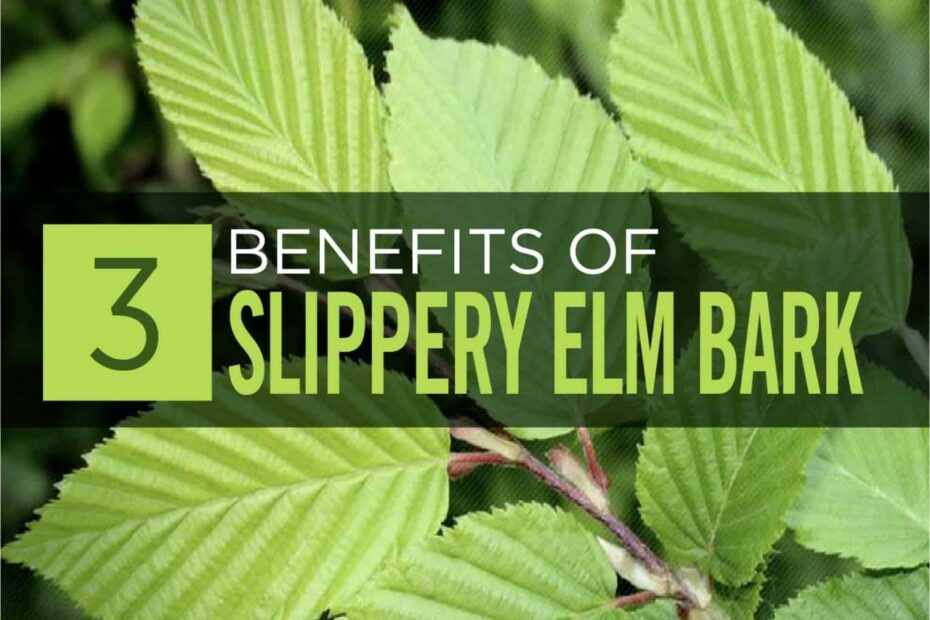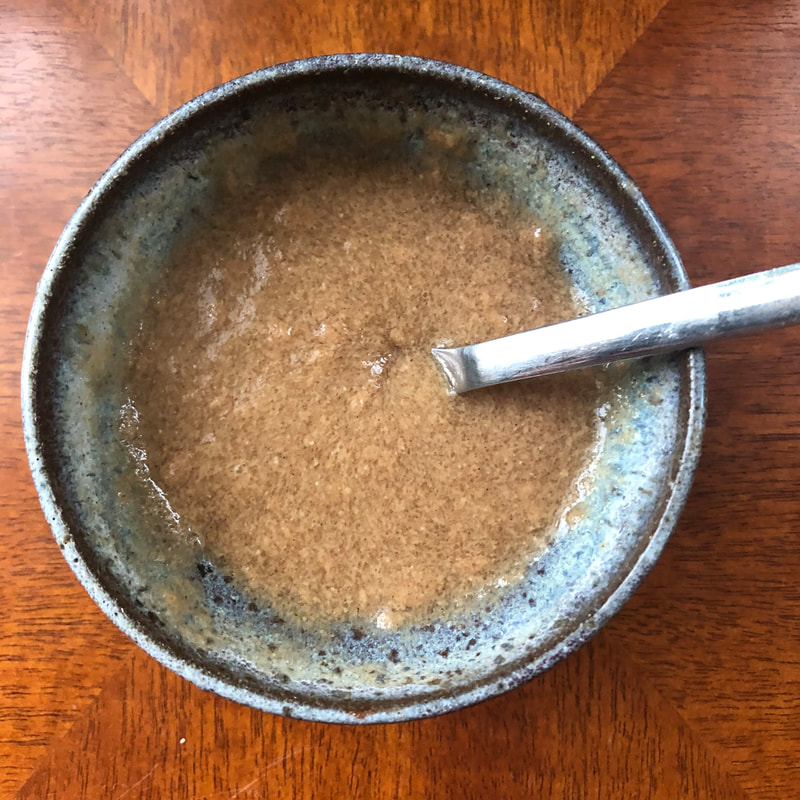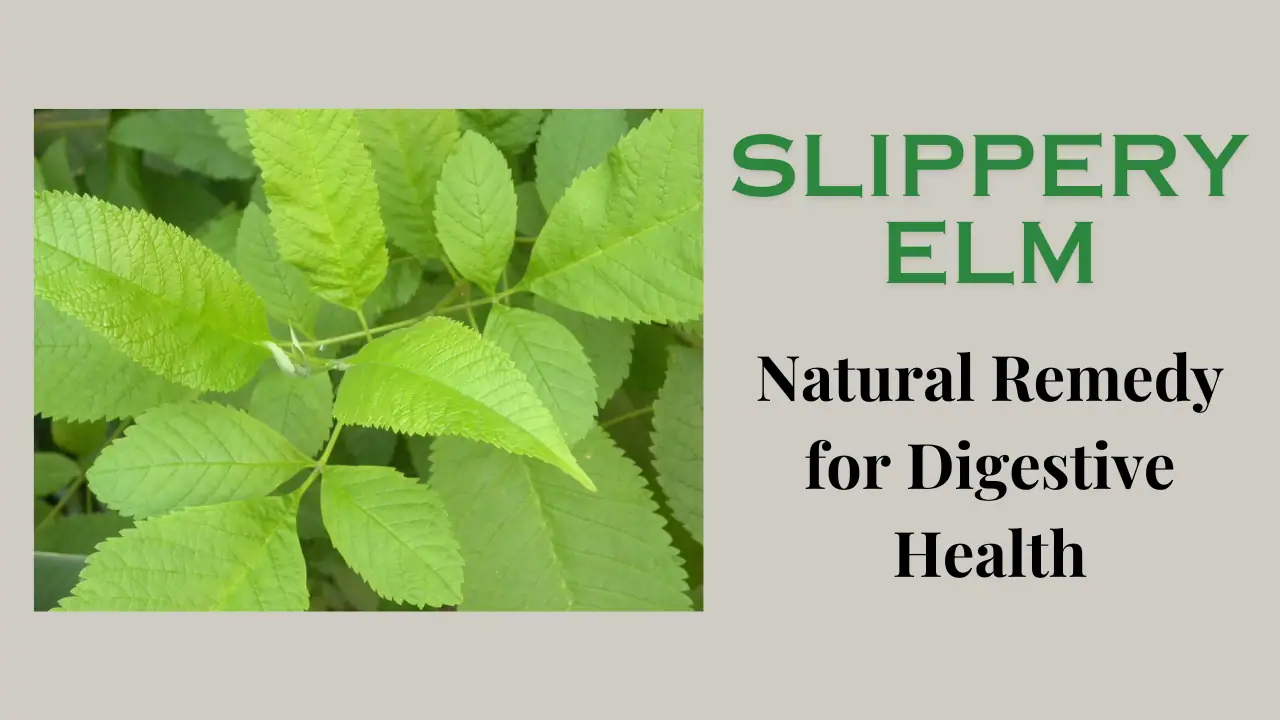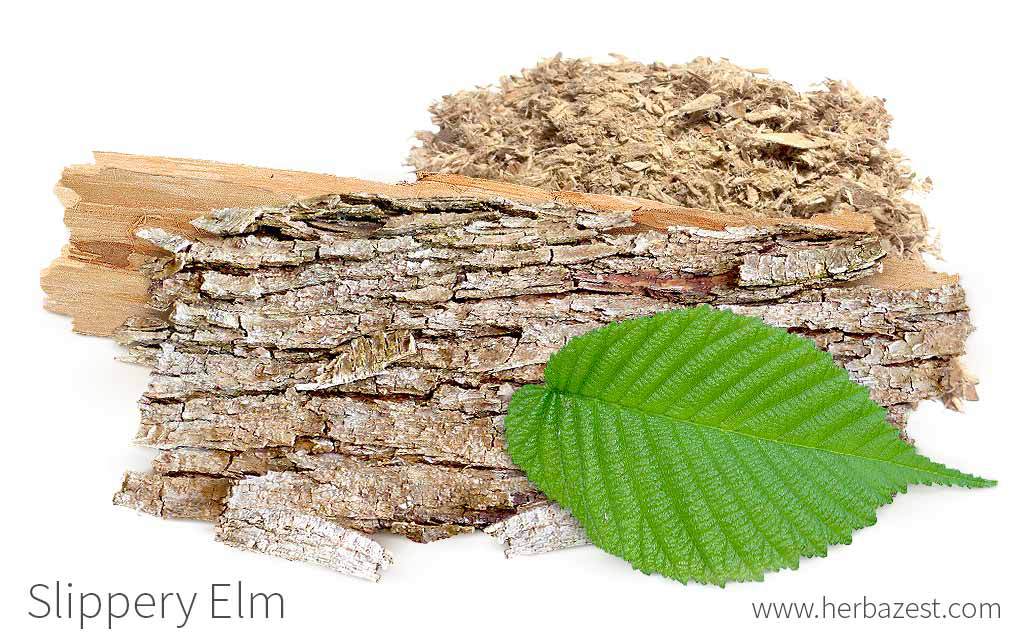What Does Slippery Elm Taste Like
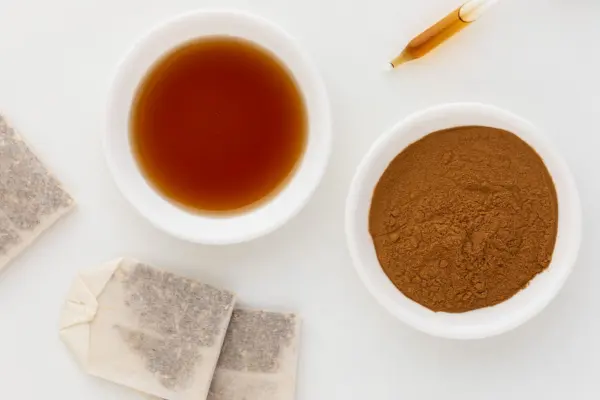
For centuries, Slippery Elm bark has been used in traditional medicine, primarily for soothing digestive ailments. But beyond its medicinal properties, a common question arises: what does it actually taste like?
The answer is more nuanced than a simple "sweet" or "sour." This article delves into the flavor profile of Slippery Elm, exploring its subtleties and how preparation methods can influence the overall taste experience.
Slippery Elm, scientifically known as Ulmus rubra, is a tree native to North America. Its inner bark is the part used for medicinal purposes and consumed for its purported health benefits.
The Nutty and Mild Base
Describing the taste of Slippery Elm is often met with descriptions like "mild," "bland," or "slightly nutty." It's far from a strong, overpowering flavor.
Dr. Mark Blumenthal, founder and executive director of the American Botanical Council, notes that the taste is very subtle. He emphasizes that it's not something that's typically consumed for its flavor, but rather for its mucilaginous properties.
The mucilage, a complex mixture of polysaccharides, is what gives Slippery Elm its characteristic slippery texture when mixed with water.
The Role of Texture
The texture of Slippery Elm significantly impacts the perceived taste. The mucilage creates a smooth, almost gelatinous consistency.
This texture can either be appealing or off-putting, depending on individual preferences. Some find it soothing, while others describe it as slimy.
The fine powder form, most commonly used in teas and lozenges, becomes very viscous when hydrated, coating the mouth and throat.
Preparation Methods and Flavor Variations
The way Slippery Elm is prepared can slightly alter its flavor profile. Infusion in hot water is a common method.
When brewed as a tea, the mild, nutty flavor becomes more prominent, although it remains subtle. Some users add honey, lemon, or other herbs to enhance the taste.
Lozenges containing Slippery Elm often include other ingredients, like licorice or peppermint, masking the bark's natural flavor altogether.
Raw vs. Cooked
While consuming raw Slippery Elm bark is possible, it's not generally recommended due to the texture and potential for digestive discomfort.
Cooking or steeping the bark helps to release the mucilage and makes it more palatable. The heat can also slightly alter the flavor compounds, making them more accessible.
However, excessive heat can degrade the mucilage, reducing its soothing properties. Finding the right balance is key.
Individual Perception and Other Factors
Taste is subjective, and individual perception plays a significant role in how Slippery Elm is experienced. What one person finds bland, another might find pleasantly mild.
Factors such as genetics, diet, and overall health can also influence taste perception. Pre-existing health conditions might alter a person's sense of taste.
The freshness of the Slippery Elm bark can also affect the taste. Older, improperly stored bark might have a mustier or more bitter flavor.
Significance of Taste in Traditional Use
Historically, the taste of Slippery Elm was likely less important than its medicinal properties. Native American tribes used it extensively for various ailments.
The primary focus was on its soothing and protective effects on the digestive system. The taste was secondary to the relief it provided.
Today, while taste is still not the primary driver for consumption, manufacturers are increasingly aware of the need to make Slippery Elm products more palatable.
Adding natural flavors and sweeteners helps to make the product more appealing to a wider audience. This can encourage greater compliance with treatment regimens.
Potential Impact and Considerations
Understanding the taste of Slippery Elm is important for anyone considering using it for health purposes. Knowing what to expect can prevent unpleasant surprises.
It's crucial to source Slippery Elm from reputable suppliers to ensure quality and purity. Contamination or adulteration can negatively impact both the taste and efficacy of the product.
Always consult with a healthcare professional before using Slippery Elm, especially if you have underlying health conditions or are taking other medications.
In conclusion, Slippery Elm possesses a mildly nutty and bland taste, significantly influenced by its mucilaginous texture. Preparation methods and individual perception play a role in shaping the overall flavor experience.


